Leading market companies are extensively spending R&D on increasing their product lines, which will help the Boric Acid Market grow even more. Important market developments include new product releases, contractual agreements, acquisitions and mergers, greater investments, and collaboration with other organizations. The Boric Acid industry must produce cost-effective merchandise to flourish and thrive in a more competitive and increasing market climate.
Manufacturing locally to reduce operating costs is an effective business strategy manufacturers use in the worldwide Boric Acid industry to serve clients and expand the market sector. The Boric Acid industry has provided some of the most important benefits recently. Major players in the Boric Acid Market, including 3M, and others, are attempting to increase market demand by investing in research and development operations.
American multinational company 3M, formerly the Minnesota Mining and Manufacturing Company, is active in the manufacturing, consumer goods, healthcare, and worker safety sectors. The company manufactures more than 60,000 products under various brands, including laminates, passive fire protection, personal protective equipment, window films, paint protection films, dental and orthodontic products, electrical and electronic connecting and insulating materials, medical products, car care products, electronic circuits, optical films, and electronic circuits. Its headquarters are in Maplewood, a Saint Paul, Minnesota suburb.
In May 2019, a definitive agreement will see 3M acquire Acelity Inc. and its KCI subsidiaries from a group of investors made up of funds advised by Apax-Partners controlled affiliates of the Canada Pension Plan Investment Board and the Public Sector Pension Investment Board for approximately $6.7 billion, including the assumption of debt.
FMC Corporation is a global agricultural sciences firm dedicated to assisting growers in producing food, fiber, feed, and fuel for a growing global population while adjusting to a changing climate. With the help of FMC's cutting-edge crop protection solutions, including crop nutrition, digital, biologicals, and precision agriculture, crop consultants, producers, and turf and pest management specialists can tackle their most difficult problems economically and sustainably. FMC is dedicated to finding innovative herbicides, insecticides, fungicide active ingredients, product formulations, and cutting-edge technologies that are consistently better for the environment. FMC has around 6,400 people across more than 100 locations globally.
In September 2022, An agricultural sciences business, FMC India, announced the addition of three new products to its portfolio to help Indian farmers increase yields by using high-quality food and a better soil profile.
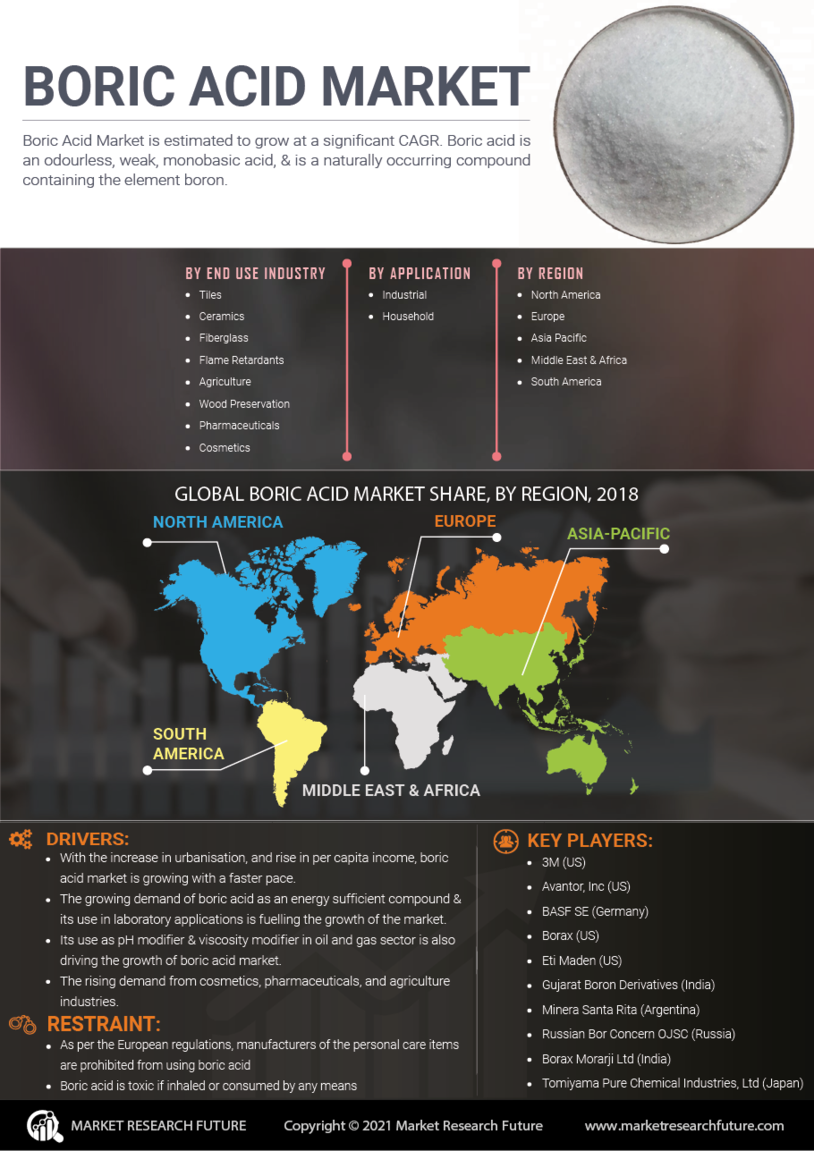

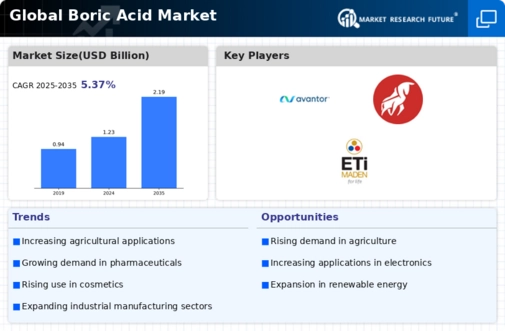
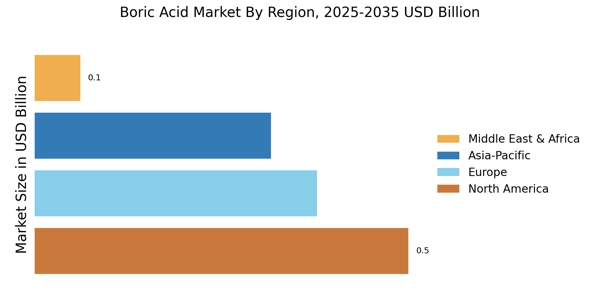
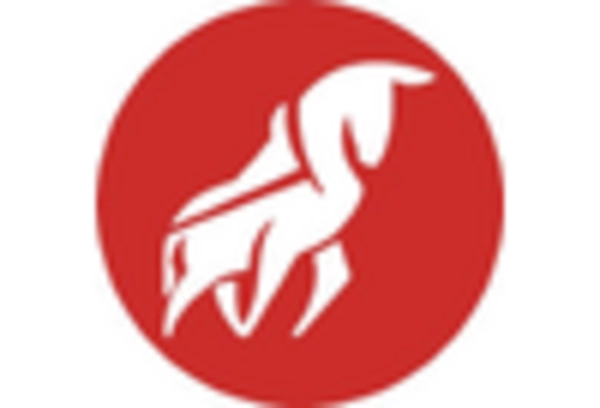
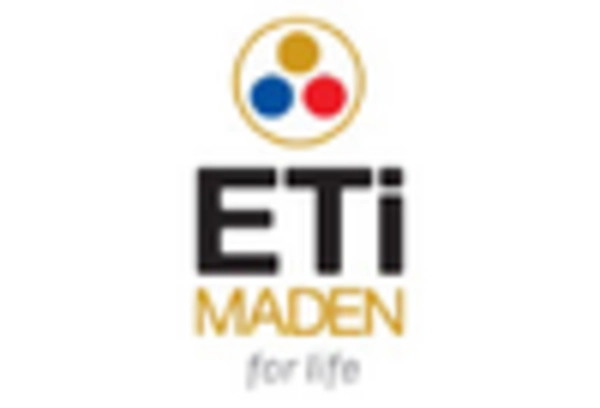
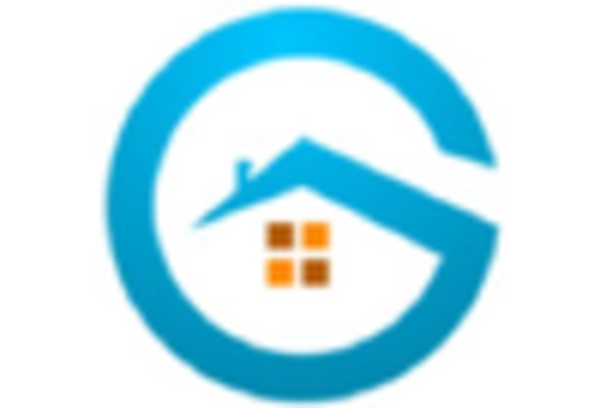
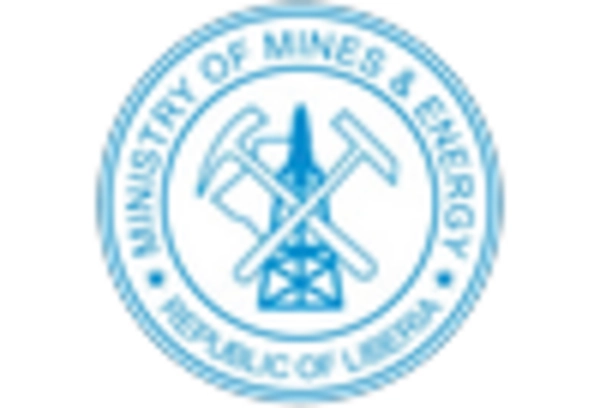
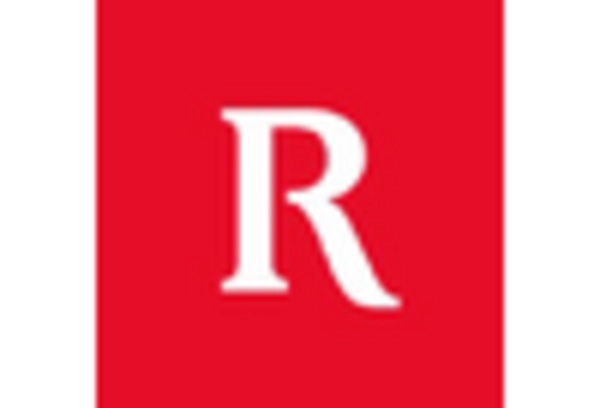
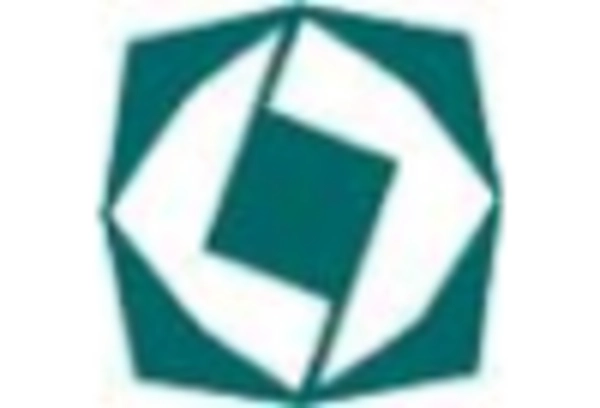








Leave a Comment